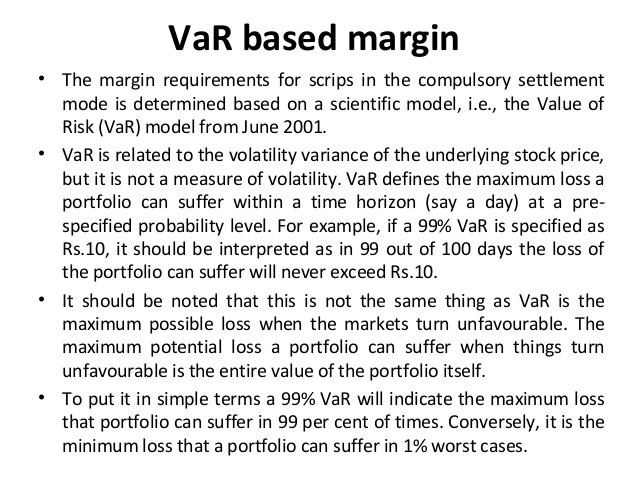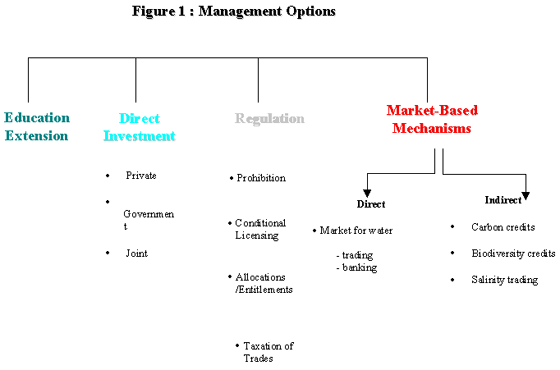Margin Requirements When Trading Options
Post on: 9 Июль, 2015 No Comment

Margin is a difficult subject to understand, many options traders have been trading for years without fully understanding what options margin is and how it’s determined. The margin used for options is different to that used in conventional stock trades.
In this article we’ll attempt to explain what margin is and how it works. Far too many options traders overstretch themselves, especially at the beginning and end up losing a small fortune. But with a proper understanding of margin and the risks involved, you can use it to your advantage.
What is Margin?
Margin in the simplest of terms is the amount of cash deposit needed before you can write options. It’s a form of collateral that’s required to ensure your ability to fulfill your obligations under the options contracts sold.
When you write a call option, you’re obligated to sell the underlying stock to the holder of those call options if the options are exercised. If you dont already own the stocks, you’ll have to buy those stocks from the open market in order to fulfill the option if it’s exercised.
In order to ensure that you have the money to buy these stocks from the open market, the options broker will require you to have a certain amount of money in your account to cover the trade. The amount of money you require is known as margin.
How is Margin Determined?
Options margin is really the options brokers way of lowering the risk they face when allowing you to write options. Since the Options Clearing Corporation (OCC) ensures the fulfillment of all options contracts, the responsibility falls to the broker should you not be able to fulfill the contract.
Because of this inherent risk options brokers set their own margin requirements based on a number of different criteria, such as the type of options traded the number of options traded and the volatility of the underlying market.
The Chicago Board of Exchange, (CBOE) does supply a set of margin suggestions for all member firms, you can download a copy here CBOEs Margin Manual. But be aware that your broker is not obliged to stick to these margins.
So you should check the specific margin requirement of your broker as they can be different from what’s suggested by the CBOE. Some brokers have slightly more relaxed requirements while others have slightly stricter ones. To a certain extent it will depend on your profile and trading history.
What’s The Difference between Options Margin and Stock Margin?
What confuses most beginners is the difference between stock margin and options margin. Stock margin is the ability to buy more stocks than the money in your account allows, by borrowing from the broker.
This is totally different from cash being used as collateral for the purpose of writing options. In fact you can’t buy options using margin, the money in your account is used purely for buying the underlying stock if your option get’s exercised.
How is Margin Calculated?
There are so many variables involved in calculating margin that it would be impossible to give an accurate example for everyone. The margin you’re offered will depend on the type of account you have, the amount of cash you have deposited and your trading history.
As a general rule, the smaller your deposit the less margin you’ll be offered. So for this example we’re going to assume that you’re a reasonably experienced trader with over $50,000 deposited in your account. Brokers categorize such a trader as level 3 and you’ll be offered more favorable margin rates than a beginner or smaller investor.
If you don’t like maths look away now; this could get messy!

Here’s the base calculation:
(25% of the underlying stock’s market value + the option ask price – any out-of-the money amount) x 100 (per contract) x the number of contracts
The value of the above equation must be greater than:
* (The option ask price + 10% of the stock’s current trading price) x 100 (per contract) x the number of contracts, or
* The number of contracts x $500 per contract.
If either of these two calculations yields a higher margin amount, then the highest value is used.
I should point out at this point that having margin clearance within your broker does not mean youll be forced to into a “margin call” should your trade go bad. If you have enough cash or stock holdings within your account to cover the margin requirements, then a trade will not trigger the activation of the margin thats available to you.
Get Started
If you want to get started trading options, a large amount of your success will come down to the broker you choose. When youre starting out with options its imperative that you choose a broker that will support you along the way.
For that reason we recommend rookies choose either OptionsHouse or optionsXpress. Both brokers offer exceptional support and training. They have a fully featured platform thats easy to use, the last thing you want when youre training is an over complicated platform.
Dont make the mistake of choosing the broker with the lowest commissions, doing that will cost you more in the long run.














